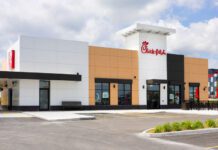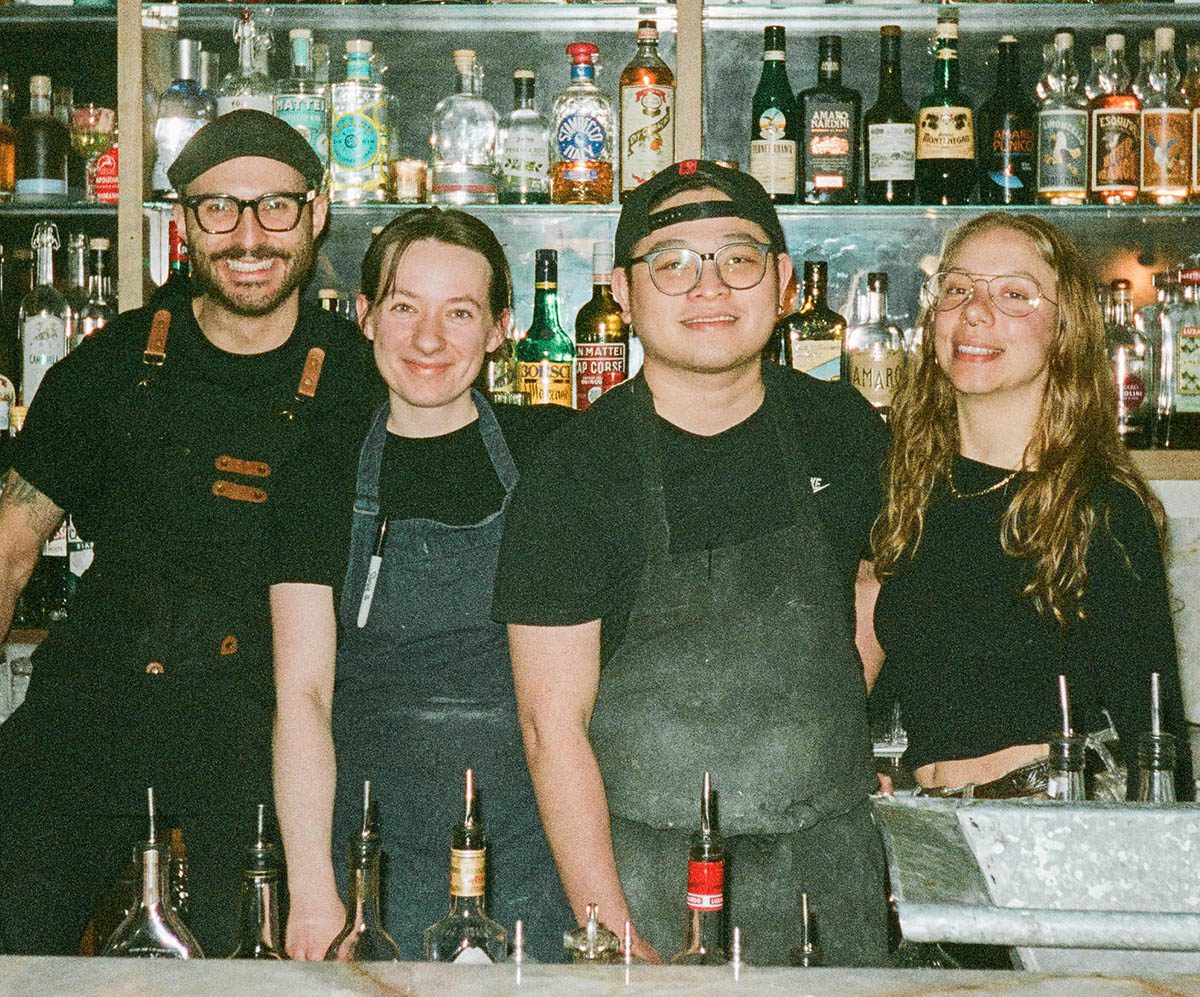By Laura Pratt
The Challenge
Let’s say you’re a restaurant that’s sometimes packed and sometimes not. And let’s say you’ve abandoned your off-premises services, rejecting takeout and delivery as you simply can’t handle the extra capacity along with your busy dinner service. Now you find yourself watching your walls during lots of dayparts and wondering where everyone is. Then you hear about the concept of ghost kitchens.
“The market has changed and people are demanding more off premises,” says Vince Sgabellone, a foodservice industry analyst with Circana in Toronto, which, he says, explains the rise of this relatively new incarnation on the restaurant scene that’s as nebulous as the name suggests. “There’s no precise definition for a ghost or virtual kitchen,” Sgabellone explains. “They’re all slight twists on the theme.” In any event, they’re scenarios in which an existing restaurant extends some of its space and resources to another operation — either an outsider looking for a place from which to prepare and sell its wares, or a new enterprise of the original restaurant owner, launched on the back of its existing assets. There are other models under the ghost umbrella too, like that of Kitchen Hub, a large facility in which many restaurants operate. But in every case, these are brands that do business out of the back of a house and exist solely in the delivery-take-out space.
The idea that this new channel of food distribution asks more of the pie, which took such a hit during the pandemic anyway, could give some restaurateurs pause. After all, the wing slingers and sandwich purveyors and vegan outfits that sprang up inside this trend draw from the same limited public purse the rest of the restaurant industry already has hands in.
The Opportunity
But instead of panicking, you might, at this juncture, ditch fretting over how the market will accommodate these newcomers for inviting them under your roof and start exploring how you might exploit your assets into a realm of promise and growth. Here’s where the ghost kitchen concept comes into its own.
Ghost kitchens, in every iteration, exploded during the pandemic, with at-home dwellers revelling in the enhanced options available to them for dinner. While they’ve softened somewhat in the meantime, they’re still growing concerns given their foundation in delivery, which is still at twice the level it was before COVID.
As murky as the ghost-kitchen concept is, it solves the problem of idle space in a time of high expenses and unexploited resources. And it allows entrepreneurs the opportunity to test-drive concepts without having to make expensive commitments in leases and staff.
In the Venn diagram of the current foodservice scene, the intersection of off-premises, third-party aggregators, and ghost kitchens is a pretty big one. “Virtual kitchens springboarding off existing restaurant operations is something that could be interesting,” says David Hopkins, president of restaurant consulting company The Fifteen Group. “It can work very well. If I’ve got a restaurant that’s not very busy and my kitchen staff aren’t rammed, I can either lay on my own virtual brand or lay on [someone else’s] and get some extra revenue coming in on my traditional brand.”
“With restaurants being locked down for 400 days, we had no choice but to order delivery,” says Sgabellone. “And, similarly, the restaurateurs had no choice but to figure out how to do delivery. Consumers are still eating out and taking delivery. There are no signs of it going down because, quite simply, we’ve gotten used to it.”
Delivery — across the board, including third-party operations, traditional telephone orders, and ghost kitchens — accounts for about six per cent (or half a billion) of all restaurant occasions. It’s small, Sgabellone concedes, but it’s doubled what it was three years ago. On-premise business, meanwhile, represents three billion visits a year, down from about four billion before the pandemic — a decline that’s larger than the entirety of the delivery business “To suggest that ghost kitchens are hurting on-premise business is not the case,” says Sgabellone. “It’s carryout that’s persisting. What the dine-in restaurants — quick- and full-service — need to consider is that off-premise is going to continue at higher than historic levels and there’s no expectation that it’ll go back. So, it’s up to the restaurant to figure that out.”
Ghost kitchens, still figuring out their own business model, are here to stay, agrees Hopkins. An excellent example of the concept can be found in the U.S. chain Chili’s, that opened a chicken-wing brand in the summer of 2020. Soon after its launch, Just Wings was bringing in an extra US$3 million a week to Chili’s and had expanded the restaurant by close to 1,000 locations at a time when everyone was ordering delivery anyway.
Indeed, says Sgabellone, the rise of virtual kitchens is not only not a threat to traditional dine in, but an opportunity, given the power these offshoots have to increase a brand’s footprint and to try out new concepts without requiring a huge overhead or the construction of an entirely new physical restaurant.
“It’s an opportunity we didn’t have 20 years ago. In every seminar we do, we say revenue is the most important thing for restaurant success. Revenue reigns supreme. If you can layer on more revenue without having to layer on more staff, well, that’s fantastic,” says Sgabellone.


















